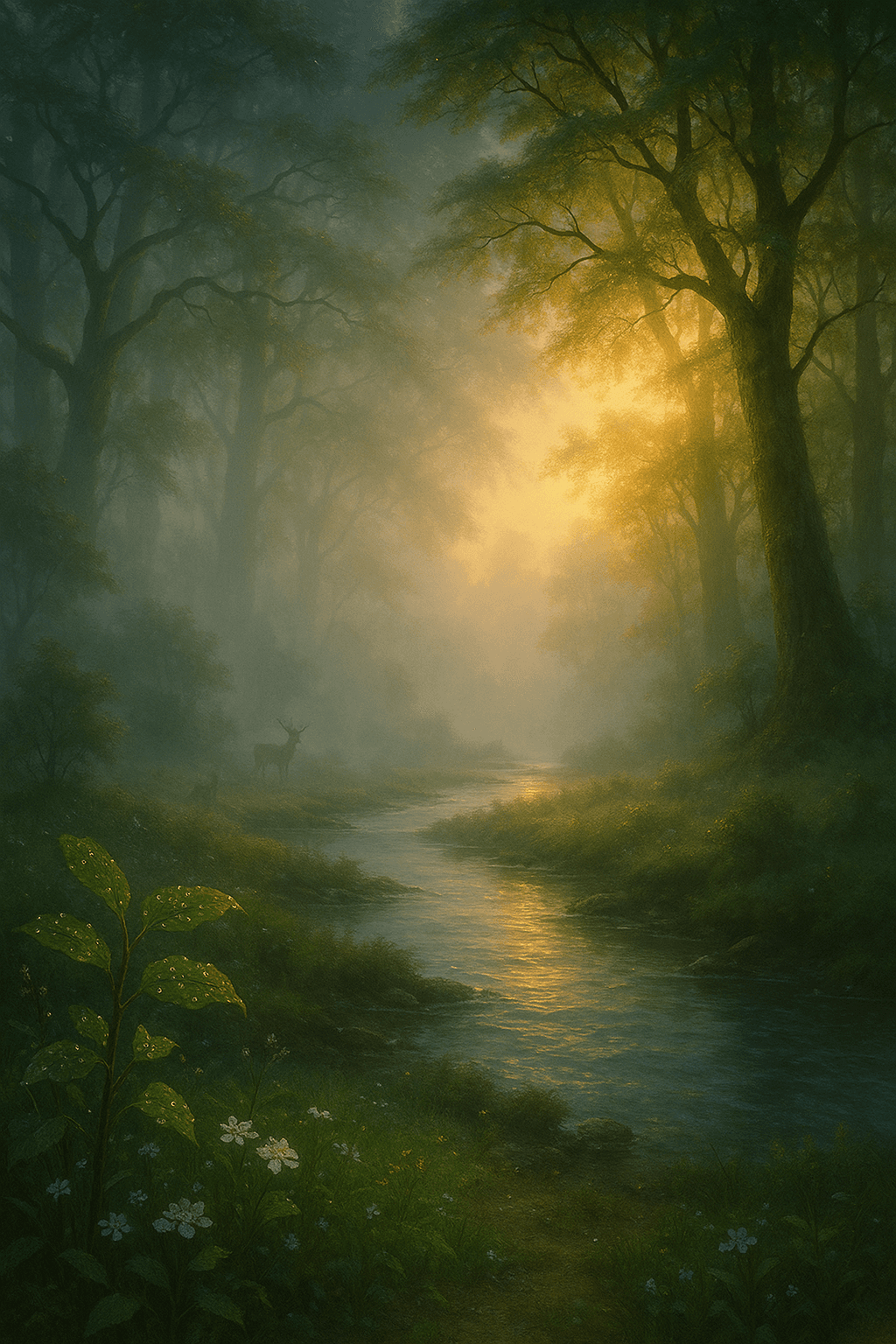Embracing Uncertainty: Wisdom Beyond Certainty and Comfort

To be uncertain is to be uncomfortable, but to be certain is to be ridiculous. — Chinese Proverb
The Uneasy Nature of Doubt
To begin with, the proverb draws a sharp distinction between uncertainty and comfort. Uncertainty, it suggests, is inherently unsettling; when one lacks answers, the mind naturally gravitates toward discomfort. This tension is universal—whether waiting for exam results or facing a career crossroad, the ambiguity can feel unbearable. Yet, it is in this very discomfort that questions arise, fueling curiosity and growth.
The Folly of Absolute Certainty
Moving from discomfort, the saying pivots toward the dangers of certainty. To be utterly sure, it warns, is not only rare but verges on the absurd. History is scattered with figures whose unshakable beliefs—regardless of evidence—rendered them out of touch or even laughable in hindsight. For instance, claims in the early 20th century that ‘everything that can be invented has been invented’ expose this folly. Certainty too often blinds one to new possibilities.
Philosophical Foundations of Doubt
This theme finds resonance in philosophical traditions worldwide. Descartes famously began his method with radical doubt, positing that the path to true knowledge lay through questioning all assumptions. Similarly, the ancient Chinese Daoist philosopher Zhuangzi cautioned against rigid distinctions, advocating a fluid perspective. Thus, intellectual humility and openness to uncertainty appear as hallmarks of wisdom across cultures.
Uncertainty as a Catalyst for Progress
Building on these ideas, embracing uncertainty isn't merely tolerating discomfort; it's a necessary step toward innovation and enlightenment. Scientific advances—from Galileo’s challenge to geocentrism to Einstein’s overhaul of physics—emerged only when thinkers dared to question prevailing certainties. This persistent uncertainty fosters resilience and creativity, both individually and collectively.
Balancing Conviction and Humility
Ultimately, the proverb invites us to walk a middle path. While certainty may feel reassuring, it risks calcifying thought and impeding growth. On the other hand, perpetual doubt can paralyze action. The wise person navigates between extremes, holding strong convictions but remaining open to revision—a posture exemplified by lifelong learners and adaptive leaders alike. In this dance between doubt and certainty lies the true art of living.